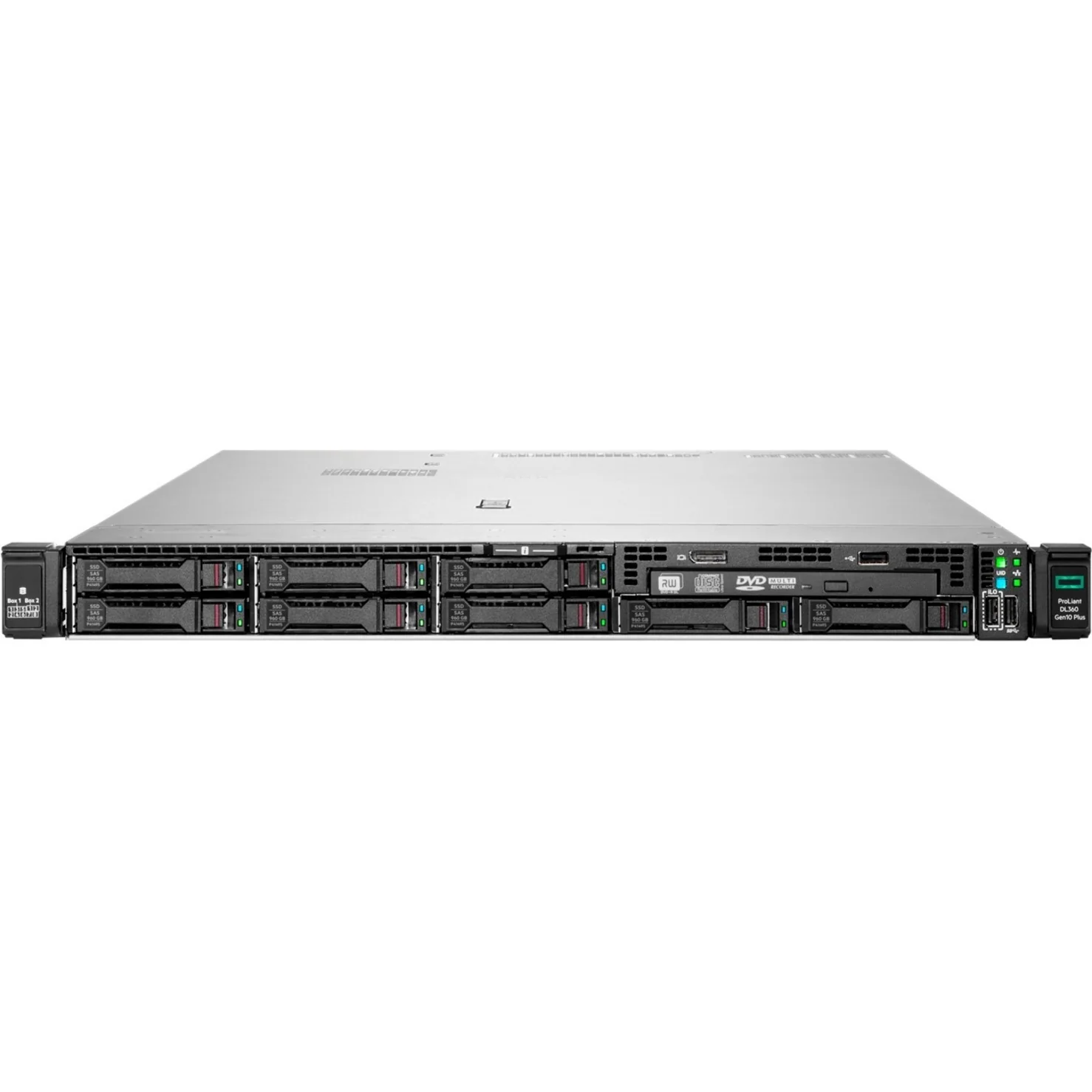memoria del servidor
La memoria del servidor es un componente crítico de la infraestructura informática moderna, actuando como el espacio de trabajo principal para el procesamiento de datos activos y almacenamiento temporal en sistemas de servidores. Esta forma especializada de RAM está diseñada para manejar cargas de trabajo a nivel empresarial con mayor fiabilidad, velocidad y capacidad en comparación con la memoria estándar para escritorio. Los módulos de memoria de servidor suelen incluir capacidades de Verificación y Corrección de Errores (ECC, por sus siglas en inglés), las cuales detectan y corrigen automáticamente errores de memoria para mantener la integridad de los datos y la estabilidad del sistema. Estos módulos están disponibles en diversas configuraciones, incluyendo RDIMM (DIMM Registrado) y LRDIMM (DIMM de Carga Reducida), cada una optimizada para aplicaciones y cargas de trabajo específicas en servidores. La memoria de servidor moderna admite velocidades altas de transferencia de datos, frecuentemente superiores a 3200 MHz, manteniendo baja latencia para un rendimiento óptimo. La capacidad de la memoria del servidor puede variar desde varios gigabytes hasta terabytes por servidor, permitiendo el procesamiento simultáneo de grandes volúmenes de datos y múltiples máquinas virtuales. Esta arquitectura robusta de memoria es fundamental para soportar aplicaciones empresariales críticas, operaciones de bases de datos, entornos de virtualización y servicios de computación en la nube.


